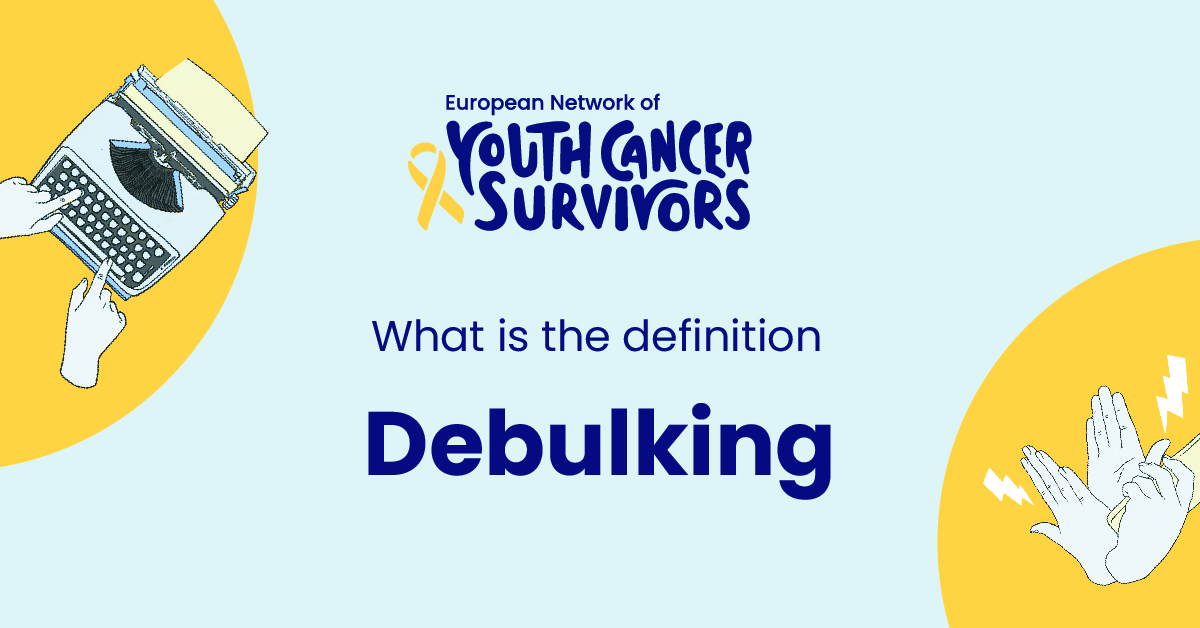
In the continuously evolving field of healthcare, certain terms become integral to our understanding of particular procedures. One such term is ‘Debulking.’ This article will dive deep into the idea of debulking in healthcare, its meaning, purpose and the role it plays in improving patient outcomes.
The Definition of Debulking in Healthcare
Debulking is a surgical procedure where part, although not all, of a malignant tumor is removed. In medical parlance, it’s often referred to as ‘cytoreduction.’ Debulking plays a significant role in healthcare and is considered a standard procedure, particularly in treating solid tumors, such as ovarian, bowel, or stomach cancers.
The goal of this process is to limit the tumor’s size and decrease the number of cancer cells. This surgical procedure aims to create a microenvironment that’s more conducive for other treatments like chemotherapy or radiation, which can then efficiently target and destroy the remaining cells.
The Purpose of Debulking Surgery
Debulking surgery is not the same as regular surgery. While regular surgical procedures aim at complete removal of the tumor, debulking, on the other hand, involves removing as much tumor as possible while leaving some remaining.
The main purpose is essentially to alleviate the symptoms caused by the tumor and improve the effectiveness of subsequent treatments. It is performed when removing an entire tumor might cause too much damage to an organ or nearby tissues.
The Procedure of Debulking in Healthcare
The debulking operation varies depending on the location and size of the tumor. Generally, a surgeon will remove as much of the tumor as possible without endangering the patient’s life or causing unnecessary harm.
Before the surgery, the patient undergoes comprehensive preoperative assessments. This is to ensure the patient is fit enough for the procedure and to identify any potential complications. Post-surgery, the patient receives carefully monitored care, and the progress, as well as recovery, is closely followed-up.
Types and Applications of Debulking
Debulking isn’t limited to any specific health situation. Variations of this take place when dealing with different health issues – most notably, cancers of the colon or ovaries, stomach and other solid tumors. This procedure can also have significant impacts on health conditions by reducing tumor-related symptoms and complications, making subsequent treatments more responsive.
Get to know us better
If you are reading this, you are in the right place – we do not care who you are and what you do, press the button and follow discussions live
Join our community
The Risks and Complications Involved in Debulking
Like every other surgical procedure, debulking carries its share of risks. Potential complications may include infection, bleeding, and reactions to anesthesia. However, a highly skilled surgical team and appropriate preoperative and postoperative care significantly manage these risks.
Conclusion
In conclusion, debulking is a crucial procedure in healthcare, particularly in cancer treatment. While it comes with its risks, the role it plays in enhancing patient outcomes cannot be overstated. As healthcare continues to advance, we can anticipate more precise and effective debulking procedures in the future.
FAQs
- What is the primary purpose of Debulking in health care?
The primary purpose of debulking in healthcare is to reduce the size of a tumor as much as possible, without causing undue harm to the patient. This can improve the effectiveness of subsequent treatments like chemotherapy, and contribute to better overall patient outcomes.
- Are there any alternatives to Debulking?
Alternatives to debulking depend on the type and stage of cancer, as well as the patient’s overall health. Radiation and chemotherapy are common alternatives but are often used in conjunction with debulking.
- What are some of the risks associated with Debulking?
Some risks may include infection, bleeding, and reactions to anesthesia. However, such risks can be managed effectively under the right surgical team and with proper pre and postoperative care.
- How does the process of Debulking surgery work from start to end?
Debulking surgery begins with preoperative assessments to determine the patient’s fitness for the procedure and potential complications. During surgery, the surgeon will try to carefully remove as much of the tumor as possible. Post-surgery care includes careful monitoring of the patient’s recovery and follow-up appointments to track progress.
- 5How long is the recovery period following Debulking surgery?
The recovery period following debulking surgery varies greatly from patient to patient. Factors such as the patient’s overall health, age, and the complexity of the surgery play a significant role in recovery time. However, generally, patients may expect a recovery period of a few weeks to several months.

















Comments
Thank you. Comment sent for approval.
Something is wrong, try again later